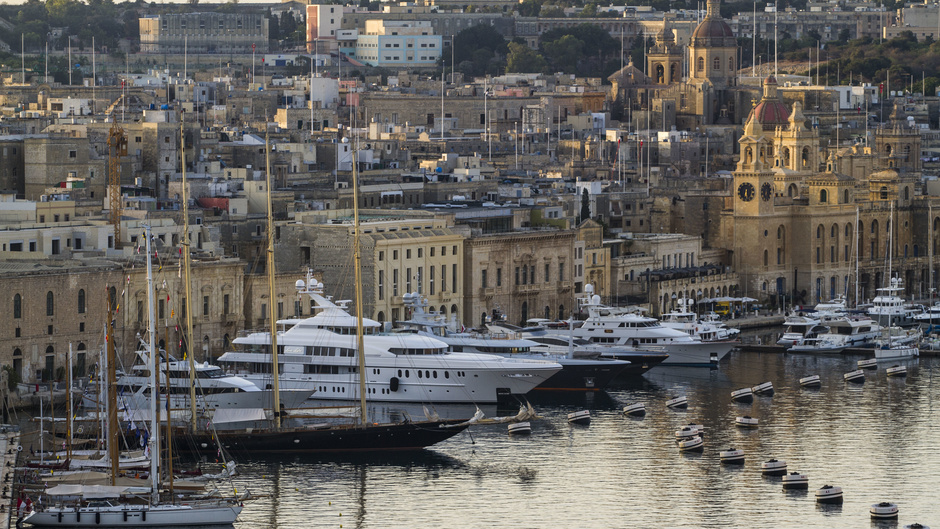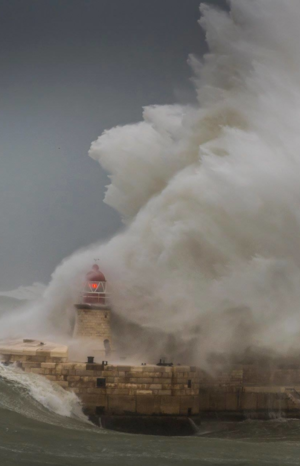The EU no longer has a problem with Malta on the issue of the VAT rate for long-term (5-10 years) leased yachts from companies with a Maltese residence. The Maltese government has managed to find a fairer compromise that will suit the European regulator without placing too great a burden on the Maltese yachting industry, which has proved extremely popular with superyacht owners as its home port mainly because of its tax advantages.
In order to avoid sanctions from the EU, Malta has changed the way VAT is calculated on yachts on lease to Maltese companies.
The model for calculating VAT on leased yachts still provides for a tax allowance for yachts operated outside the EU. However, while previously the discount was based on the planned schedule of the yacht's movements, which was based on the size and type of vessel, now the discount will be based on the actual number of days spent outside the EU. If the lessor can prove - on the basis of geolocation data and logbook entries - that the lessee has operated the yacht outside the EU, the amount of VAT paid for those days will be refunded. The new rules will apply to contracts concluded from 1 November 2018.
Until now, only small boats that are allowed to sail exclusively in sheltered waters had to pay full VAT (18%), as their design in principle does not allow them to leave EU waters. For superyachts, the VAT rate was reduced to 5.4% as they were expected to be operated mainly outside the EU.
«The VAT percentages charged under our legislation were based on very detailed studies of superyacht activity that have never been published. Superyachts travel a lot during the season and the bigger the yacht, the more it tends to travel," a spokesperson for the Malta Chamber of Commerce and Industry told the Times of Malta, "We arequite confident that once information on actual superyacht activity is collated the results will show that our original percentages were quite accurate».
For owners of Malta-flagged superyachts, this is a clear signal that the tax benefits will remain the same.
However, all is not as serene as the Maltese authorities want to make it sound.
«The fact that Malta was able to come to an agreement with the EU not to shut down the programme completely is a positive signal, but the devil is in the details. Boats will have to keep a very close eye on their movements, meticulously counting the days they spend in EU waters. They have to spend 70% of time outside EU to get significant tax benefits. In fact not every boat will spend that much time travelling outside European waters, says founder of itBoat and yacht broker Boutique.Mostly it is possible to get discounts for large boats of transatlantic class with length of 35 m and above, with a large professional crew, which often go to Turkey and spend winters in the Caribbean . And medium-sized boats from 24 to 35 metres that don't go further than Italy, Spain or France will not benefit at all from the new rules of VAT calculation.».
Today there are more than 750 yachts over 24 metres LOA registered in Malta. Malta has the largest number of superyachts flying the flag in the world. Malta's VAT interest regime on leased yachts was adopted 10 years ago and has been one of the most important factors in the growth of the Maltese superyacht sector. It generates more than €100 million for the Maltese government. And that's not counting the direct income from the registration process and tax revenues.







